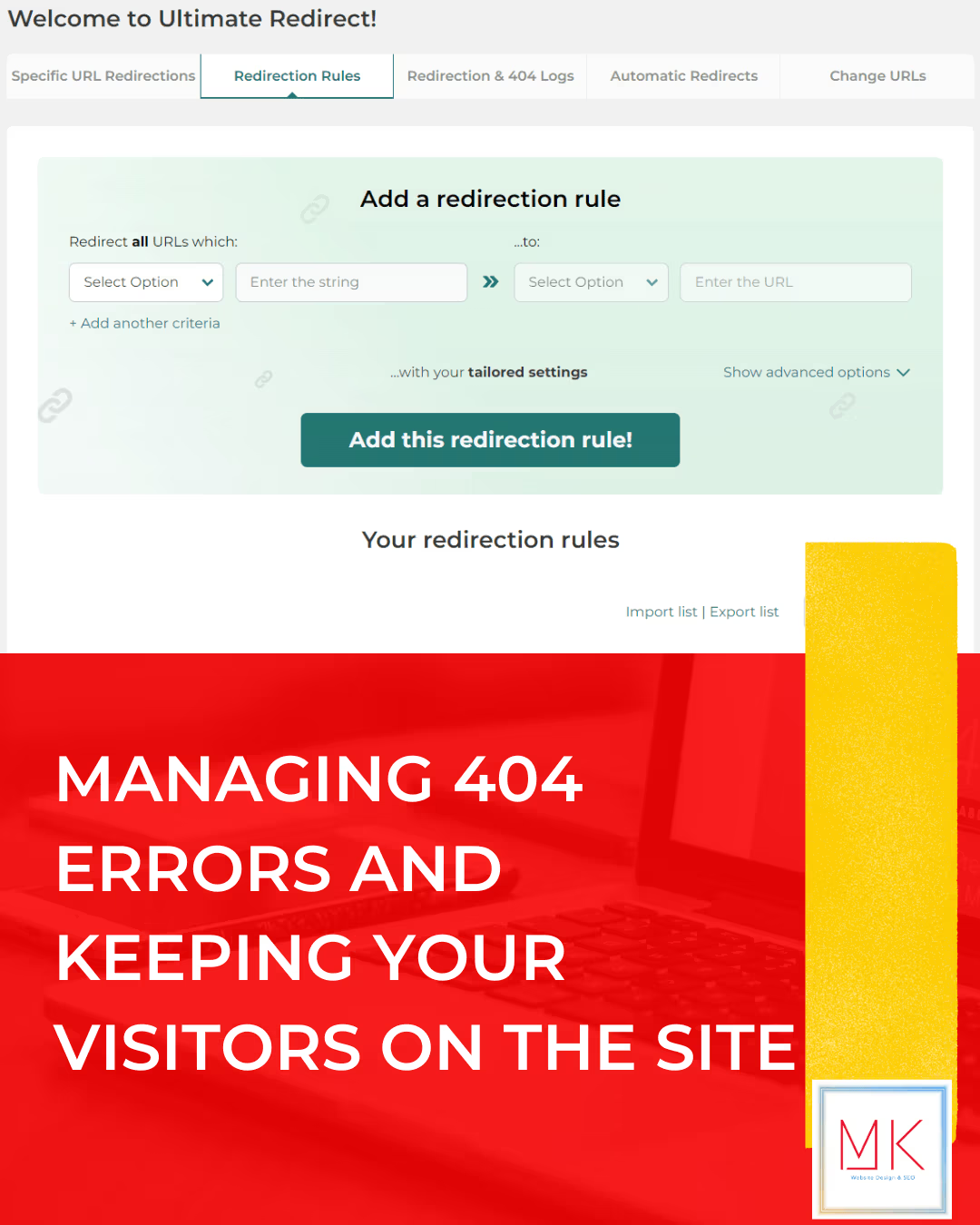In the digital landscape, every website owner dreads the infamous “404 error.” When a visitor lands on this error page, it’s like reaching a dead end on a road trip—confusing and frustrating. But with the right tools and strategies, you can turn this potential pitfall into an opportunity to keep your visitors engaged and on your site.
Understanding the 404 Error
So, what exactly causes a 404 error? Typically, it occurs when someone tries to reach a non-existent page on your website. This can happen if there’s a broken link on your site or if another site links incorrectly to one of your pages. Sometimes, a simple typo in the URL can lead to a 404.
While you can control the links on your own site, you can’t always manage how other sites link to your pages. Outdated links or simple mistakes can result in visitors hitting a 404 page. And if the first page someone lands on is a 404, they’re likely to leave your site immediately, which isn’t the best first impression.
Addressing 404 Errors with the Redirection Plugin
To tackle these issues, let’s introduce a handy tool: the Redirection plugin. This plugin helps you monitor and manage 404 errors effectively, turning them from roadblocks into smoother pathways for your visitors.
Installation is a Breeze: Like any other WordPress plugin, you can install Redirection directly from your WordPress Dashboard: Search for Redirection (by Inisev), install and activate it. After that, it will redirect you automatically to the plugin’s menu (no pun intended!), where the magic happens.
Monitor and Redirect: The “Redirection and 404 Logs” tab is where you’ll find a list of all the redirects and 404 errors on your site. This is your control center, allowing you to see which links are causing issues and take immediate action. If a broken link is frequently redirected, you can set up a specific redirection to guide your visitors more effectively.
Set Up Custom Redirections: The “Redirection Rules” tab is where you can create custom rules to handle 404 errors. For instance, you can redirect all 404s to a specific page, such as your homepage, ensuring visitors have a clear starting point to explore your site further. Another option is to redirect to a random, similar post, which can be particularly useful if your site has a lot of content on related topics.
Creating a Better Visitor Experience
You might wonder, why not just stick with the default 404 page? Imagine this: someone clicks on a link to your site expecting valuable information, but instead, they land on a 404 page. It’s like walking into a store only to find it’s closed—frustrating and disappointing.
Instead, consider creating a more engaging 404 page, or better yet, use the Redirection plugin to guide them to a relevant post. This not only keeps your visitors on your site longer but also enhances their overall experience.
For example, if a visitor is searching for cold email tips and ends up on a non-existent page, you could redirect them to a similar blog post on your site. The Redirection plugin can even automate this by finding the best match based on keywords in the URL.
Conclusion
While you can’t control every link on the internet, you can control how your site responds to 404 errors. By using the Redirection plugin, you can turn potential dead ends into opportunities to keep visitors engaged with your content. It’s a simple yet effective way to improve your site’s usability and ensure that your visitors have a positive experience, even when things don’t go as planned.













